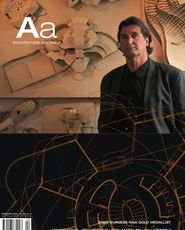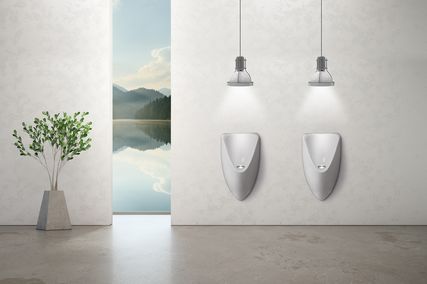NSW PREMIER, the Hon. Bob Carr, used his state’s launch of the Year of the Built Environment to fire a shot which is still ringing around the country. He put the Great Australian Dream’s key component, the project home, on notice that it, too, must fall into line with the tougher energy and resource consumption standards that are being applied to the rest of the built community.
Mr Carr said it was time the project home was reinvented in a more efficient and appropriate form, and that his government would initiate a forum to examine ways of doing this. “Houses being built in western Sydney should incorporate the best design principles and reduce the stress on our environment, such as designing a house to maximize winter sun, cutting energy costs,’’ he said at the launch. By way of emphasis, he added that new targets for reducing water and power consumption in NSW homes would be mandated this year.
As chair of the National Steering Committee for YBE, this was music to my ears and just the sort of high-profile advocacy for sustainable design principles and practices which the RAIA has been trying to extract from governments of all levels and persuasions.
While the media focused naturally on what it chose to perceive as the Premier’s attack on middle Australia through his references to the size and style of the “McMansions”, his concerns about the design failings of the project home, and the long-term consequences for all, came through loud and clear. Also clear in associated media reports, both within and without the housing industry, was the sense that major change in what the majority of Australians call “home” is now inevitable and irresistible. Undoubtedly Mr Carr’s shot will ricochet across other states and territories.
The Premier produced some compelling data to support his position that new housing is excess to our requirements and not sustainable in the long term. Australian Bureau of Statistics figures show that in the eighteen years between 1984–85 and 2002–03, the footprint of a new home increased by an average 40 per cent – and a staggering 53 per cent in NSW. In the same period the average household occupancy has dropped from over three people to less than two people. Our houses are getting bigger while our households are getting smaller. In project home terms, bigger houses use more power to keep them cool in summer and warm in winter; bigger houses usually come at the expense of adequate insulation and thermally efficient materials – “style” over substance.
Most of the contemporary project home range has neither historical context nor design practicality for the Australian suburban landscape. It has thrived in the face of save-our-suburbs community groups and exasperated building professionals because of its position in the social landscape – the electorate. The convention is that you don’t tamper with the aspirations of middle Australia. But when changing community awareness and value systems are harnessed by a political leader with clout based on intellect and insight, what was once the marginal land of environmentalists and committed conservationists becomes the prime property of the informed and influential. The impossible becomes possible.
One of the main objectives of the YBE is to demonstrate that improvements can be made to the way we plan and design the fabric of our cities and towns. Bob Carr’s statements may prove to be the wake-up call that puts sustainable development on the breakfast tables of mainstream Australia.
The next step along this path in NSW will be in April when the RAIA, Urban Design Advisory Service, Landcom and NSW Premier’s Office take part in the Premier’s Forum on New Housing Design in Sydney. The next step for RAIA chapters and members around the nation is to jump aboard the momentum established by Bob Carr and ride it for all it’s worth.
David Parken FRAIA, HONAIA
National President RAIA















